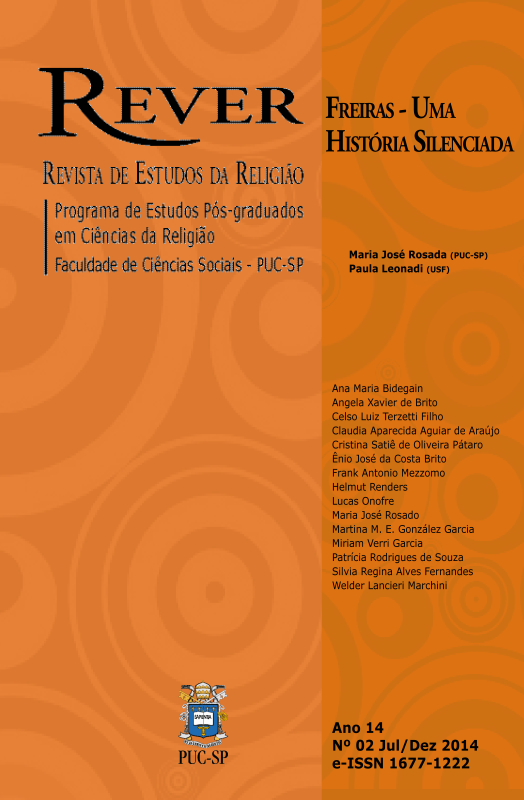John Wesley´s interpretation of the religio cordis as religion of heart and life and his religious experience occurred on May 24th, 1738
Keywords:
Protestantism, John Wesley, cordis religio, religious experience, religion and everyday lifeAbstract
This article compares the language of the religio cordis favored by John Wesley with its Anglo-Catholics and Lutherans, Puritans and Pietists equivalents, based on emblematic or textual examples. With the parallel rejection of a possible companion of the religio cordis, mysticism, Wesley uses the language of the religio cordis to communicate among the popular classes a transformative piety able to see through and beyond the actual structures of human life as an empowerment to cope with them with courage and hope. It is suggested that the so called Aldersgate experience must be interpreted not at first hand from one or another model of the religio cordis of the past, but in its combination with its emphasis on universal grace and unconditional love, which results in the qualification of a people as religious subjects able to engage with the social role of citizens.
Metrics
Downloads
Published
How to Cite
Issue
Section
License

This work is licensed under a Creative Commons Attribution-NonCommercial 4.0 International License.
Authors who publish in this journal agree with the following terms:- Authors retain copyright, but grant the journal the right of first publication, with the work simultaneously licensed under the Creative Commons BY-NC License.
- Authors are authorized to assume additional contracts separately, for non-exclusive distribution of the work published in this journal (e.g., publishing in an institutional repository or as a book chapter), as long as with acknowledgment of authorship and first publication in this journal.


